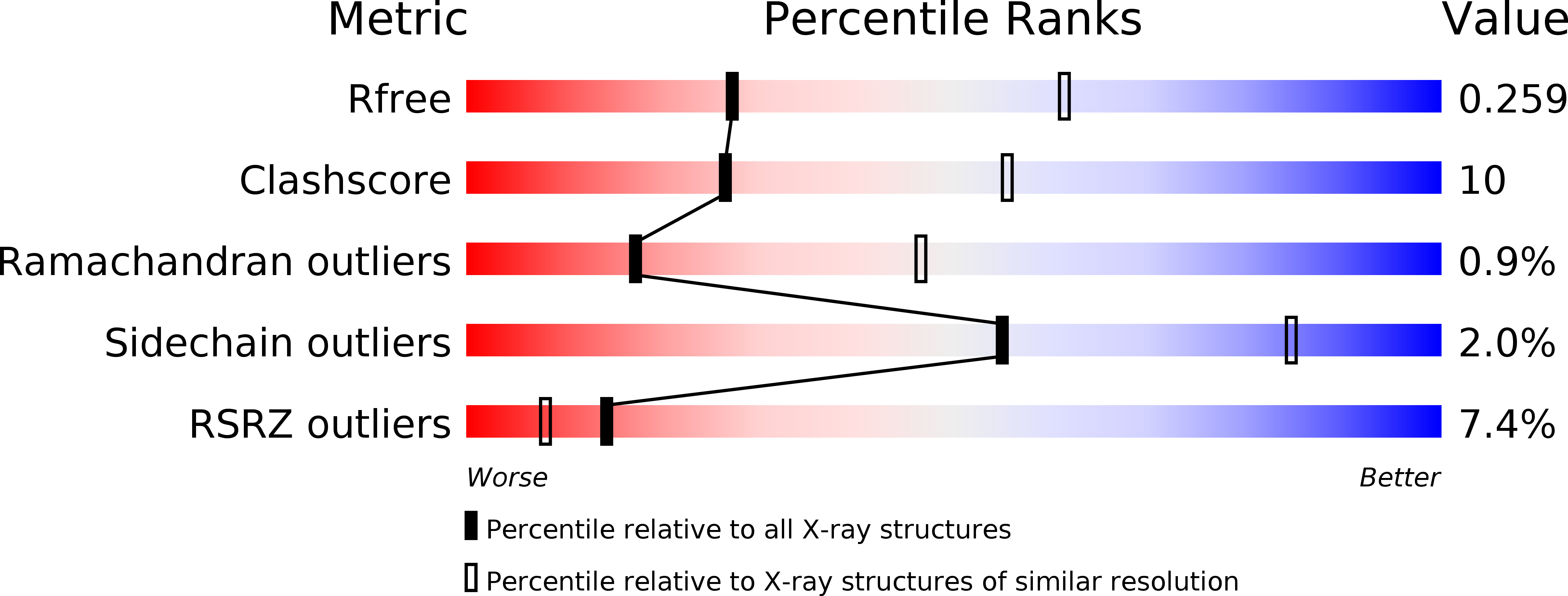
Deposition Date
2014-06-23
Release Date
2014-07-30
Last Version Date
2024-01-10
Entry Detail
PDB ID:
4UQI
Keywords:
Title:
AP2 controls clathrin polymerization with a membrane-activated switch
Biological Source:
Source Organism:
RATTUS NORVEGICUS (Taxon ID: 10116)
HOMO SAPIENS (Taxon ID: 9606)
MUS MUSCULUS (Taxon ID: 10090)
HOMO SAPIENS (Taxon ID: 9606)
MUS MUSCULUS (Taxon ID: 10090)
Host Organism:
Method Details:
Experimental Method:
Resolution:
2.79 Å
R-Value Free:
0.25
R-Value Work:
0.20
R-Value Observed:
0.20
Space Group:
P 31 2 1


